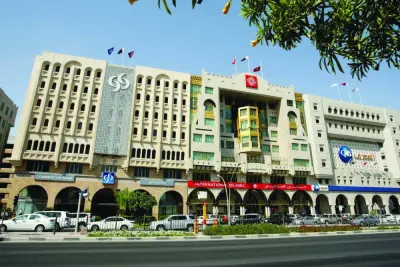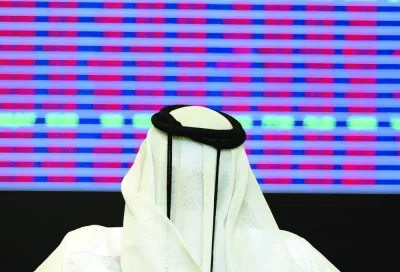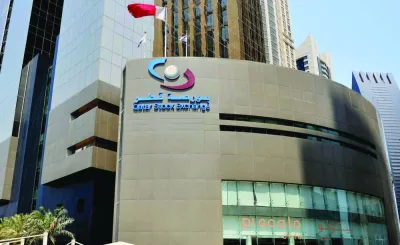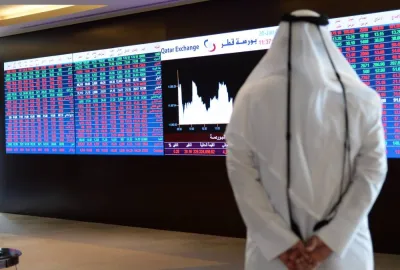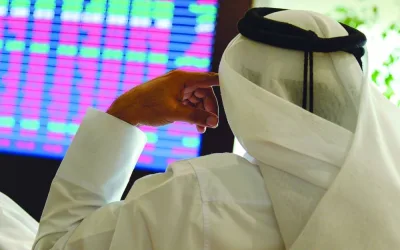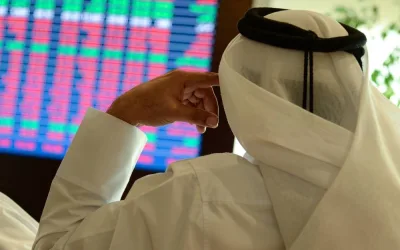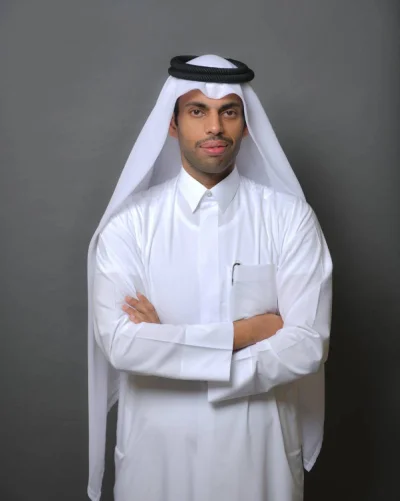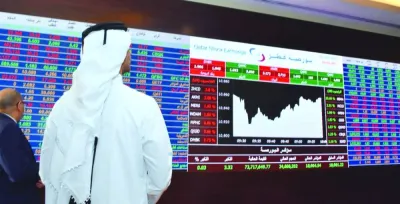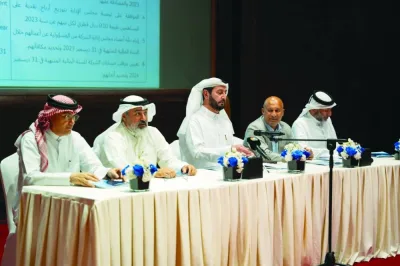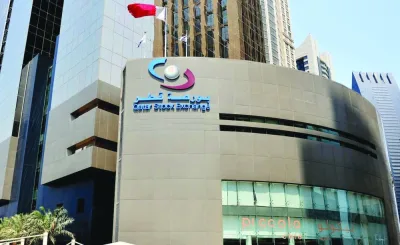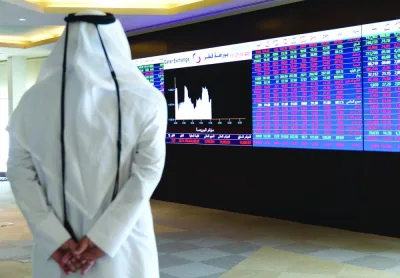International credit rating agency, Fitch Ratings has upgraded seven Qatari banks on the country's upgrade.The rating agency has upgraded QNB's long-term (LT) issuer default ratings (IDRs) to 'A+' from 'A' and affirmed the short-term (ST) IDR at 'F1'.Fitch has also upgraded the LT IDRs of Qatar Islamic Bank (QIB), Commercial Bank, Doha Bank, Dukhan Bank, QIIB and Ahlibank Qatar to 'A' from 'A-' and their short-term IDRs to 'F1' from 'F2'.The outlooks on all LT IDRs are "stable".The banks' viability ratings (VRs) and ‘xgs’ (ex-government support) ratings are unaffected. ‘xgs’ communicates Fitch’s view of the creditworthiness of an entity or financial obligation excluding assumptions of extraordinary government support.The rating actions follow the upgrade of Qatar's sovereign rating to 'AA' (with stable outlook) and they reflect the agency's view of the increased ability of the Qatari authorities to support the banks.Qatar's sovereign rating upgrade reflects Fitch's greater confidence that debt-to-GDP (gross domestic product) will remain in line with or below the 'AA' peer median after falling sharply in recent years, while Doha's external balance sheet will strengthen from an already strong level. Qatar is likely to retain budget surpluses until the 2030s a result of the North Field expansion.Qatar's 'AA' ratings are supported by large sovereign net foreign assets (SNFA), one of the world's highest ratios of GDP per capita and a flexible public finance structure.The seven banks' IDRs are driven by sovereign support, as reflected in their government support ratings (GSRs). The "stable" outlooks reflect that on the Qatari sovereign rating.The banks' GSRs of 'a’ are in line with Fitch's D-SIB GSR of 'a'; reflecting Fitch's view that the Qatari authorities have a strong propensity to support domestic banks, irrespective of their size or ownership.They also have a strong ability to do so, as indicated by the sovereign rating and substantial net foreign assets and revenue, albeit weakened by the Qatari banking sector's high reliance on external funding and rapid asset growth in recent years. The 'a' GSR for Qatari D-SIBs is three notches below the sovereign 'AA' IDR.The seven banks' short-term IDRs of 'F1' are the lower of two options mapping to 'A+' and 'A' long-term IDRs because a significant proportion of the banking sector's funding is government-related, and financial stress at these banks likely to come at a time when the sovereign itself is experiencing some form of stress.

Most Read Stories

